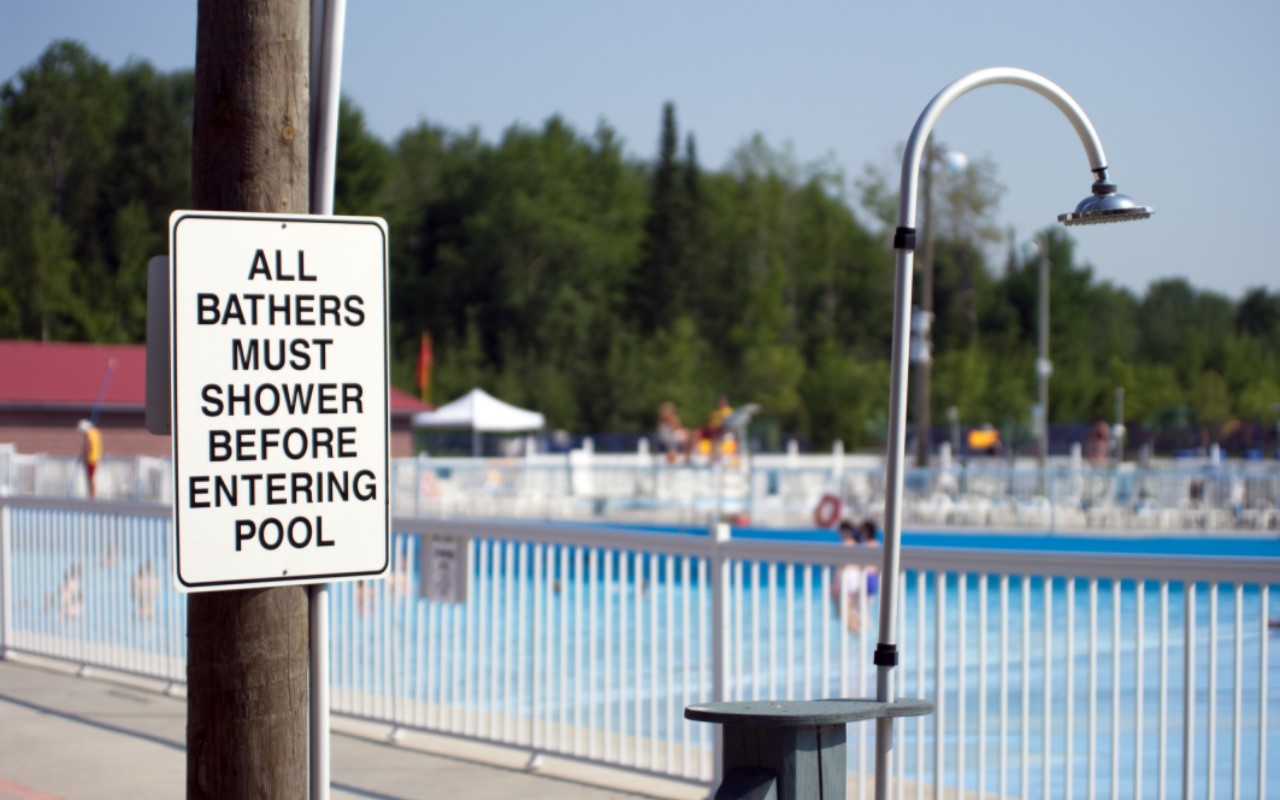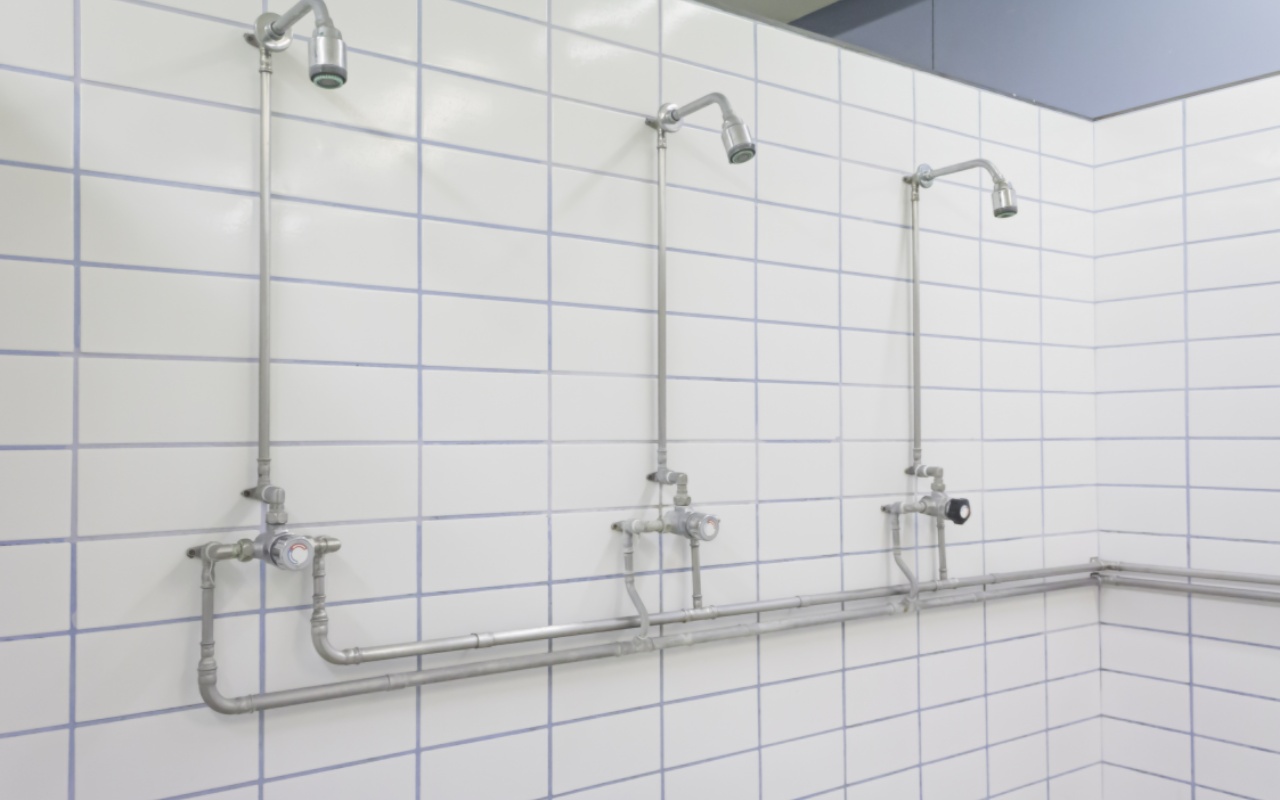Animals aren’t the only ones to hibernate over winter
Despite the anticipated low temperatures of what the Met Office is heralding as the coldest winter for 10 years, Legionella bacteria can still pose a threat to your staff and students.
While needing a temperature range from 20-45°C to be able to flourish, Legionella actually remains dormant at temperatures below 20°C, so the bacteria is still present and ready to multiply when optimum conditions are restored. As the winter break approaches, Paul Sear, National Technical Manager for Water Hygiene, SOCOTEC has some advice on what steps should be taken all year round to protect educational establishments against the growth of Legionella bacteria in their water systems.
The high temperatures of the 2018 summer naturally saw an increased use of many water applications. Cold water systems in many places were above 20°C, cooling towers were under increased demand and many people were also taking advantage of cooling down in swimming or spa pools. Hose pipes were in use to keeping the grounds looking attractive, some of which may have been fed via rainwater reservoir tanks.
But with the colder weather setting in now, usage of these facilities will likely reduce or stop completely until the temperatures rise again next year. Without proper management, even a hose pipe with water left in it over the winter can become a breeding ground for the bacteria due to a build-up of stored and stagnant water. When next used, typically when temperatures have increased, these hose pipes have the potential to release the airborne bacteria in tiny water droplets for inhalation, posing a risk to the user and anyone nearby.
Any number of water systems within buildings and facilities can be affected by Legionella and so require risk assessing and adequate servicing to ensure any risk of Legionella is managed and mitigated, significantly reducing the Legionella risk once the temperatures rise and the facilities become used again.
Compliance all year round
Even beyond seasonality, the risk of Legionella extends to any hot and cold water systems evaporative cooling system and other risk systems.
Taking steps in keeping your water systems safe should be done in line with a Legionella risk assessment. It’s not just advisory; if you are an employer or in control of premises, you are responsible for understanding the health risks of Legionella and carrying out a risk assessment is a Legal requirement. Failure to risk assess water systems for Legionella is punishable by fine and a potential prison sentence. The risk to people from Legionella is very real and risk to human health can result in fatalities.
As outlined in the HSE document, Legionnaires’ disease: The control of legionella bacteria in water systems Approved Code of Practice (ACoP) L8, those responsible for health and safety must adhere to the guidance and recommendations to identify and manage the risk of Legionella in all artificial water systems.
Control measures for safer water systems
There are a number of ways you can minimise the risk of Legionella growing in your water systems ensuring that you are compliant with L8:
1 Controlling temperatures
For hot and cold water systems, controlling the temperatures to ensure the water is outside of the Legionella growth band is vital. Keep all hot water systems storing water at 60°C or above, with water outlets maintained at a minimum of 50°C; in healthcare environments, this should be 55°C. Likewise, cold water should be kept below 20°C.
2 Regular system flushing
Water outlets that are infrequently used should be flushed regularly to avoid stagnation. Evaluating the usage of the water systems – in the Legionella risk assessment and ongoing following the risk assessment – will determine how regularly the outlet should be flushed. As a guide, any outlet that has not been used for a week or longer should be flushed for at least three minutes or until the temperature falls outside the Legionella growth band.
3 Reduce the amount of water stored
Reducing the amount of water stored will limit the potential stagnation of water and reduce the growth of Legionella bacteria. Having systems mains fed without cold water tanks will reduce the risk still further. If this is not possible, flushing or draining all systems, if not in use, will reduce the risk – and should be outlined as a control measure in the risk assessment.
4 Other control measures and monitoring
Other control measures can also prevent the growth of Legionella; chemical dosing and water treatment may be required if flushing and temperature is not suitable or effective. Regular monitoring is also required as outlined by the risk assessment, this will include temperature checks, inspections, cleaning and sampling will ensure water systems are safe to operate and use and ensure control measures are appropriate.
5 Adequate training
Ensuring staff are appropriately trained in Legionella awareness, risk assessment and their responsibilities can support in effective Legionella management and control. Not only that, suitable and sufficient training of all staff involved in Legionella risk management is a key requirement of the regulations.
For further information on managing Legionella and conducting your Legionella risk assessments, contact 0845 603 2112 or visit www.socotec.co.uk




